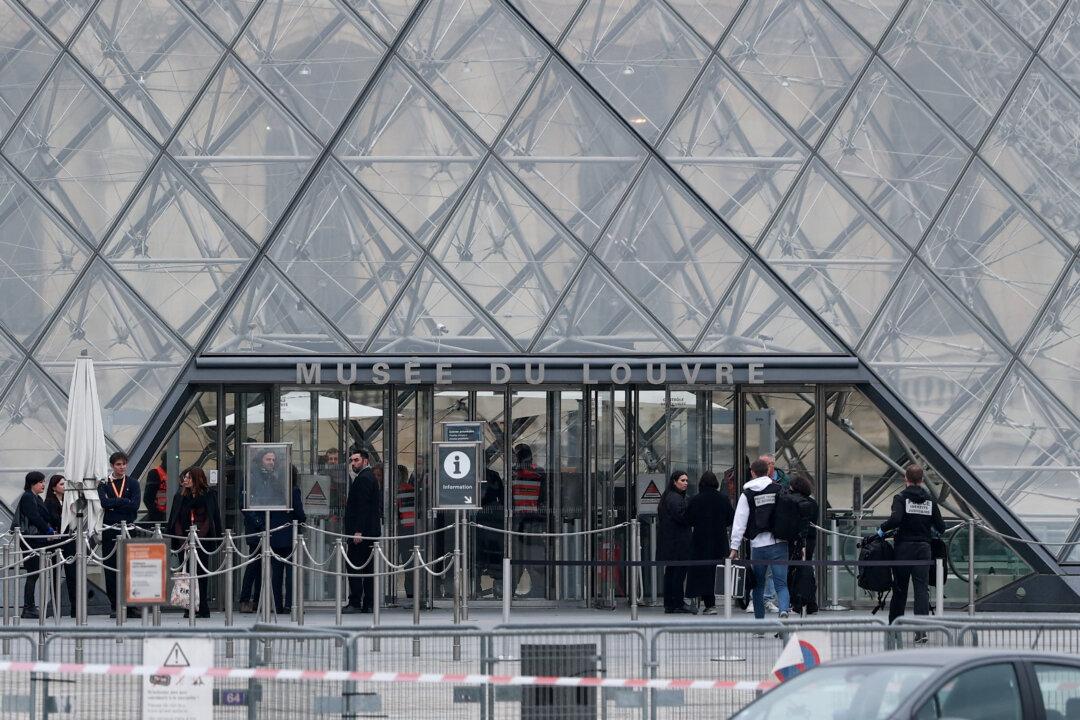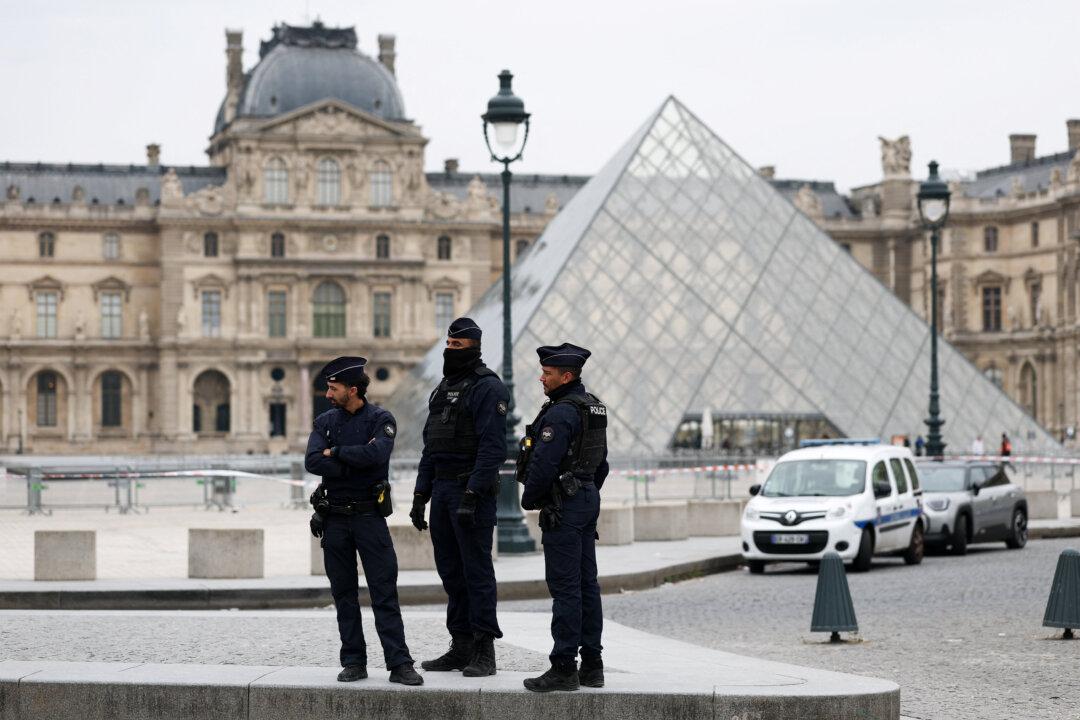Philippine authorities called for calm on Jan. 30 after a grenade attack on a mosque in a mainly Christian southern province killed two people, just three days after a devastating church bombing shook the restive Mindanao region.
A grenade was thrown into a mosque during the night in Zamboanga, killing two people and wounding four others, prompting condemnation and calls for cool heads and unity in the community where Christians and Muslims have long lived in peaceful coexistence.





